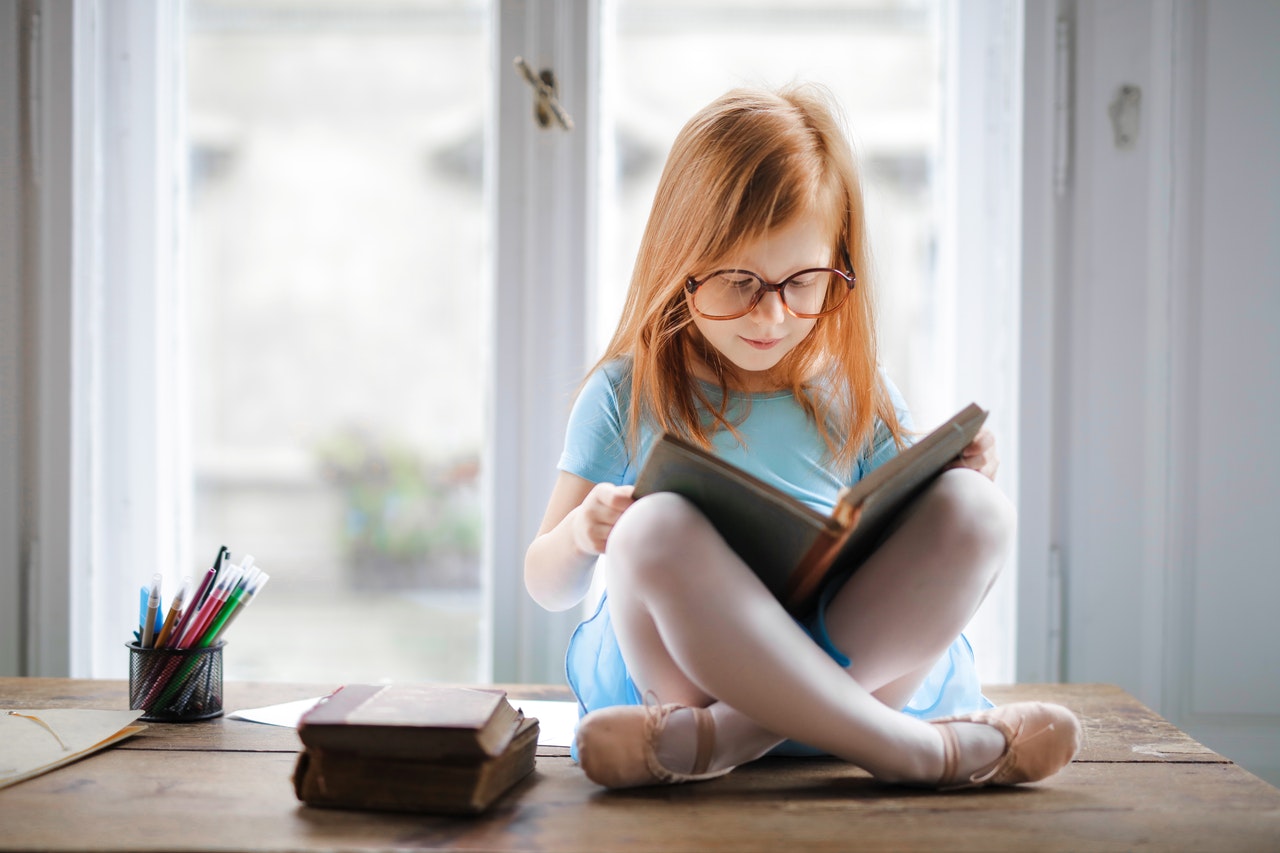An important part of early life for children is the discovery of books they love. The power to read a story and be transported into a new world, to explore characters, motives, emotions, and situations other than their own is a critical element in a child’s development. As adults, we fondly remember the Roald Dahl stories we read as children ourselves. The way any story could go from hilarious to terrifying in a page turn. The complex fantastical characters that still somehow reminded you of a person in real life, a next-door neighbour, or even a teacher.
Teaching children with Roald Dahl books encourages them to think of the world in different ways, consider the lives of others, and try out new ways to have fun and explore their environments. Here are six resources to help teachers teaching Roald Dahl in primary school.
Roald Dahl Lesson Plans by Book
What better place to find Roald Dahl teaching resources than the Roald Dahl website itself. The lesson plans on this website are split up by book so it’s easy to navigate to the plan you need based on what you’re reading in class. The lesson plans combine curriculum-based activities such as PSHE tasks and literacy tasks with lessons on ideas and feelings associated with the stories children are reading like friendship, dreams, and aspirations.
Topics covered in all activities draw parallels with ideas children can relate to such as celebrating the differences of others. Each lesson plan refers to a specific chapter or part of the book to use as a basis for learning. Ensure your classroom is fully stocked with exercise books, pens and pencils, colouring pencils, and anything else required to make the most of these activities.

The Witches Resource Pack
The Puffin website offers some engaging ‘The Witches’ Roald Dahl teaching resources to be used as you read the book as a class, or as individual lessons within your own lesson planning. Geared at KS2, this pack contains six lesson plans. Each lesson leads with an objective and draws on concepts the children are learning in one or two other subjects, such as maths, IT, or PSHE.
These lesson plans encourage the children to think about events in the story and apply them to real-life situations. Help children learn about the dangers of strangers, the good qualities in people, creative writing, and observation.
Getting the children to act out scenarios can help them to put themselves in the position of a certain character and think about what they would and wouldn’t do. Make role-playing extra fun by offering the children costumes to really get into character.

5 Minute Fun Roald Dahl Activities
The activities listed on the 5 Minute Fun website offer a great way to get children engaged in physical activities and apply what they’ve learned from a Dahl book to real life. Multisensory learning is one of the best ways to help children understand a concept and get used to a new way of working or learning. These activities use touch, smell, taste, hearing and sight to help children put ideas from their book into use.
Activities include making up a new language, finding items for a medicine, following recipes, and craft characters from the stories.
Make sure your classroom is fully protected from Roald Dahl experiments! Stock up on aprons and table coverings to make clean up afterwards a breeze.

Roald Dahl Science Activities
In primary school children are beginning to understand scientific concepts to ready them for more complex biology, chemistry, and physics topics in secondary school. Learning about changing states of matter, patterns and sequences, and simple cause and effect are some of the first scientific concepts that children will learn about in KS1 and KS2. The science activities on Science Sparks offer some simple experiments using everyday items (and sweet ones the children will no doubt be excited about!).
Some activities on this page include making sweets bigger with water; creating colour patterns with Skittles and water; making potions; building a wormery; creating BFG-inspired dream jars with water, oil and paint; and testing the strength of eggshells.
Hands-on science experiments can be more exciting conducted outside where children can explore the environment around them and use materials from nature in their experiments. Consider setting up a mud kitchen in the school playground that can be used as a workstation for science lessons, and also a fun playtime space.

Matilda Lesson Pack
Teachers in search of Matilda teaching resources will find this lesson pack helpful. Free to download the pack contains six lessons that touch on multiple subjects the children are learning in their current curriculum including maths, science, literacy, design, PSHE, and geography. The overarching theme of the lesson pack is bravery, resilience, and inquisitiveness that are prevalent in Matilda’s character.
Each lesson has two learning objectives with instructions and resources required to carry out activities. Objectives should be clearly communicated to children and they should be given the space and support to express themselves and the way they feel about what they are learning. Make sure your students get lots of positive feedback when they approach and overcome the challenges in these lessons. Rewarding them with stickers on their work is a great way to help them feel proud about what they’ve done.

The Landlady Lesson Plans
If you’re looking for recommendations for ‘The Landlady’ teaching sources, this page on the Varsity Tutors website offers a nice collection of activities for children to complete. Here, teachers can find activities like crosswords, letter writing, and even a detective game to be played in groups. There are also prompts to help children in expanding their vocabulary and writing evidence-based answers.
A BBC BritLit Kit offers contextual reading to get students familiar with the time period of the book and helps children to understand what normal life was like in the time the book is set.




